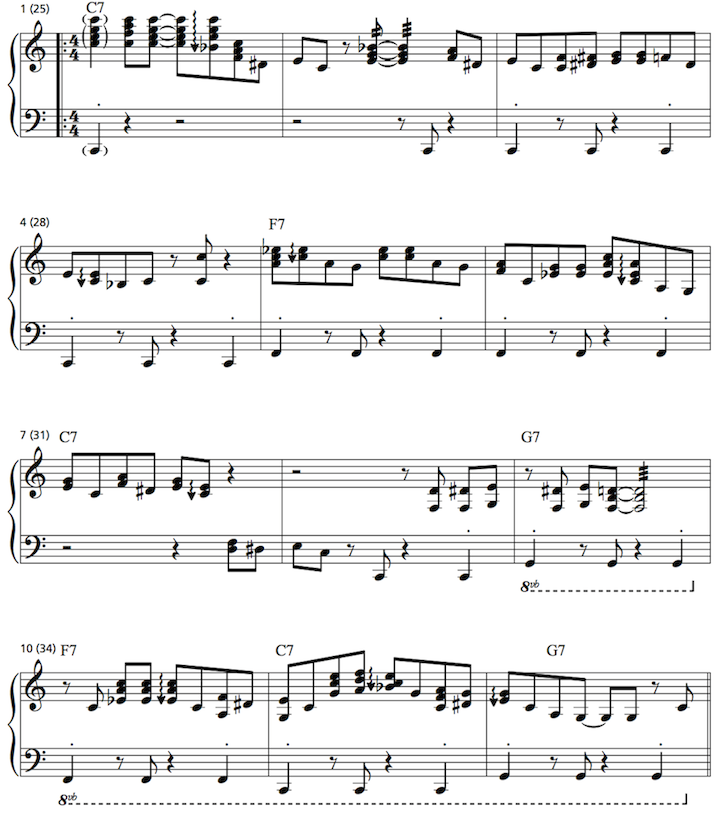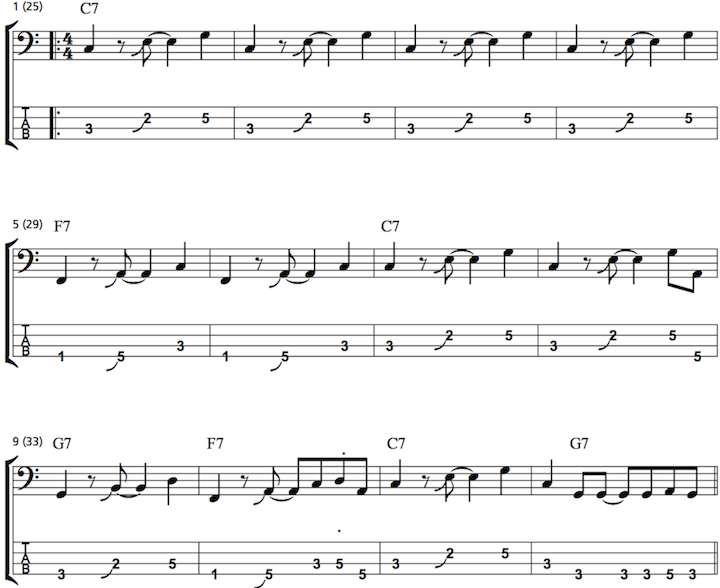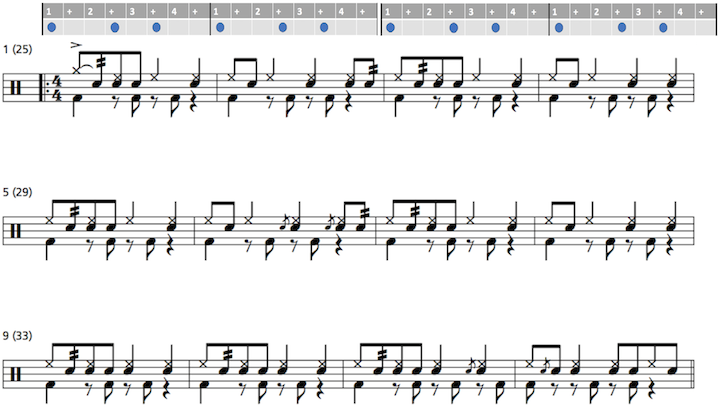
Homage to Professor Longhair
Henry Roeland Bryd, better known as Professor Longhair, is a legendary blues pianist and singer who played a big part in the history of New Orleans music. His iconic combination of the rumba with blues, boogie-woogie, and "second line" parade rhythms influenced New Orleans' greatest piano players including Fats Domino, Eddie Bo, James Booker, and Dr. John.
This lesson will introduce students to the basics of "second line" rhythmic patterns from New Orleans and their ties to Afro-Cuban traditions. Review the basics of the rhythmic pattern called “clave”, named after the traditional two-stick percussion instrument with our earlier featured lesson.
Outcomes:
- As needed, students will listen to various recordings of "second line" compositions and discuss style, instrumentation, tempo, and form.
- Students will learn about the life and musical significance of Henry Roeland Bryd, better known as Professor Longhair.
- Students will explore and perform basic "second line", habanera, and bamboula rhythmic patterns.
Materials:
- Computer with a browser such as Chrome, Safari or Firefox, to access the Berklee PULSE website
- Projector, PA system
- "Homage to Professor Longhair" sheet music for ensemble
Suggested online resources:
Reading:
PULSE Connections: (create a PULSE account)
Assessment:
- Informal assessment – through class discussion and participation
- Formal assessment – through practice and performance of all rhythmic patterns presented in the lesson
INSTRUCTIONAL ACTIVITY IDEAS
Exposition of Material
1. Review rumba and son clave patterns from Berklee PULSE's "The Clave" lesson.
2. Using the suggested online readings (or other materials selected by the teacher) present the origins and evolution of "second line" parade drumming.
a. The term "second line" refers to the literal second line of musicians that would often congregate behind a marching band playing at a funeral march or Mardi Gras celebration. There were usually two main drummers in the second line: bass drum and snare drum players. The rhythms of the second line parade are a composite of native and imported musical traditions that include features of standard marches, African-American church music and slave dances, and Caribbean rhythms like the son and the rumba. These drumming patterns are traditionally swung with the interaction between snare accents and the traditional bass drum variations at the core of the "second line" rhythmic style.
b. Listen to various recordings of "second line" drumming compositions and discuss style, instrumentation, tempo, form.
Identifying Key Concepts and Terms
3. Analyze the "second line" rhythms.
a. This can be done using body percussion, various classroom percussion instruments, or instruments students have made.
b. Alone, in pairs, or small groups, students can practice the rhythmic patterns along with a recording selected by the teacher, an audio file of the rhythmic patterns (provided below), or some other click, such as a metronome.
"Second Line" Rhythmic Patterns
Introduce each pattern separately and have students learn and perform each one separately.
3-2 son clave


3-2 son clave with "second line" snare accents


Habanera
In Cuba, the habanera is the first written music to be rhythmically based on an African rhythmic pattern and is the first Cuban dance to gain international popularity. These rhythms are prominently heard in New Orleans and "second line" music.



Professor Longhair used the habanera as the rhythmic foundation for his blues entitled "Big Chief". Listen to the habanera pattern in the following piano and bass excerpts from our groove entitled "Homage To Professor Longhair".
"Homage To Professor Longhair (Piano)

"Homage To Professor Longhair" (Bass)

Bamboula
The Bamboula dance has an accompanying rhythm analogous to the Afro-Cuban clave. Listen to the bamboula pattern in the bass drum part in the following drum excerpt.
"Homage To Professor Longhair" (Drums)

4. Now listen to the "Homage To Professor Longhair" groove to hear how the habanera and bamboula patterns are incorporated into a full arrangement!
Activity/Assessment
5. Have students experiment with the following:
a. Play the "second line" patterns at various tempos
b. Play the "second line" patterns on different percussion instruments
c. Improvise other rhythmic patterns over the "second line" patterns
d. Add a melody over the "second line" patterns
e. If students have access to a DAW, have them create a composition with one of the "second line" rhythms
6. Challenge the students to identify the "second line" patterns in the "Homage To Professor Longhair" groove. After listening, analyze and discuss the following:
a. Can you identify the "second line" pattern the song is based on?
b. Can you identify what instruments are playing the rhythmic examples above?
d. Describe the melody and form.
e. Clap, tap, or play the "second line" patterns along with the song.
Lesson Closing
1. Play the groove at different tempos.
2. Play the groove on pitched instruments.
3. Have each student in the ensemble improvise over the groove.
4. Review the traditional harmony of "second line" parade music, which outlines a 12-bar blues form.
Download the "Homage to Professor Longhair" Complete Lesson


